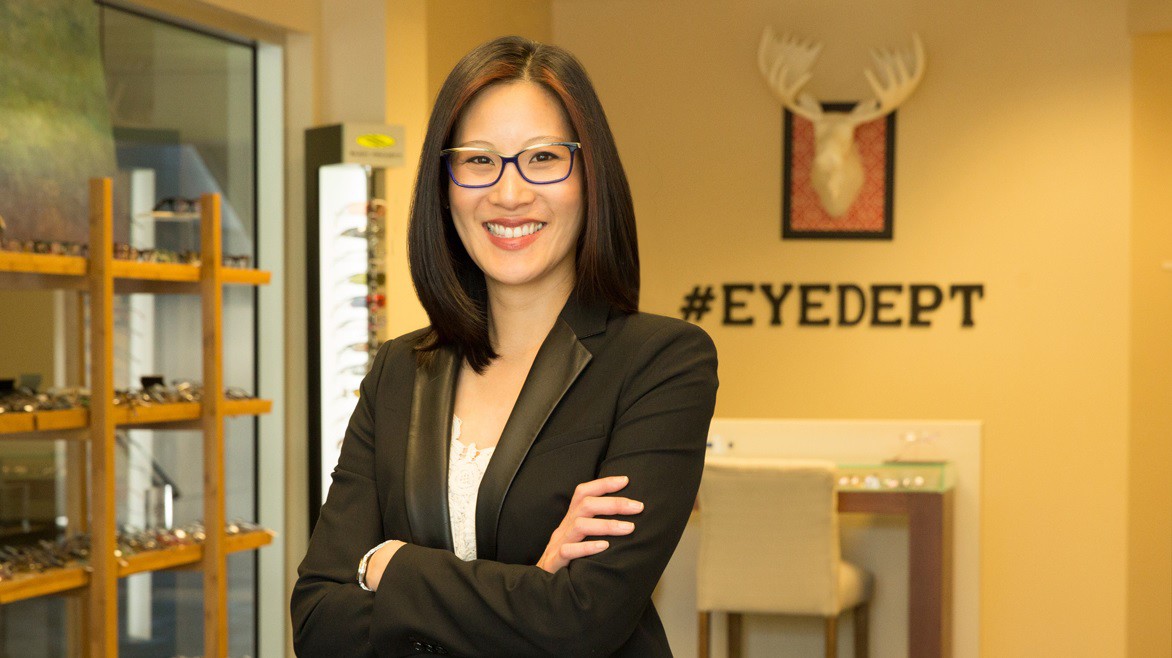EYE EXAMS PORTLAND OREGON
921 SW 16th Ave, Portland, OR
Comprehensive Eye Health and Vision Exams
Eye Department is your premier Optometry, Eye Care and Eyewear boutique in Portland, Oregon. Eye Department provides comprehensive eye exams, contact lens exams, glasses and emergency medical eye care in Portland. Dr. Annie Bacon has been practicing Optometry in Portland for over 10 years and has established herself as a premier eye care provider. Be confident that Eye Department will care for your eyes and resolve any eye care concerns you may have. Dr. Annie believes that every patient is unique and deserves individualized care and attention. Healthy vision is more than scoring 20/20 on a school screening or passing the vision test at the DMV. Vision problems are more comprehensive than what a screening can detect. It’s important to schedule your eye exam at Eye Department. Screenings should not be confused with a comprehensive eye exams by an Optometrists at Eye Department.
The eyes provide Optometrists with a direct window into the health of our bodies. Many diseases and abnormalities may be detected earlier than elsewhere in the body through an annual comprehensive eye exam. Our eye exams include screenings for diabetes, glaucoma macular degeneration, cataract and other systemic conditions than can be seen in your eyes earlier than anywhere else in your body.
Quality vision care can help ensure clear, comfortable binocular vision throughout a lifetime of changing visual demands and abilities. Eye Department is a patient first practice where we strive to provide our patients and clients with an unparalleled eye care and eyewear experience. Eye Department eye exams include screenings for diabetes, glaucoma, macular degeneration, cataract and other systemic conditions that can be seen in your eyes earlier than anywhere else in your body. Dr. Annie is accepting new patients and most insurances. If, for some unfortunate reason, we are not in-network with your vision insurance plan, we will always accept you even if we are unable to accept your insurance. We provide assistance in completing out of pocket insurance reimbursement documentation, however, ultimately, all costs and fees associated with services and products at Eye Department are the responsibility of the patient and/or client. Our relationship with insurance companies begins and ends with our interactions regarding the costs associated with medical services and eyewear products. Often, members will receive more information than the providers. We always recommend calling your insurance and/or vision benefit provider and requesting a benefit summary.
Periodic, preventative examinations are essential to continued ocular health and efficient binocular performance without stress or strain. Timely detection and diagnosis of visual and ocular disorders may be vital to successful remediation.
Call us today 503-227-0573

